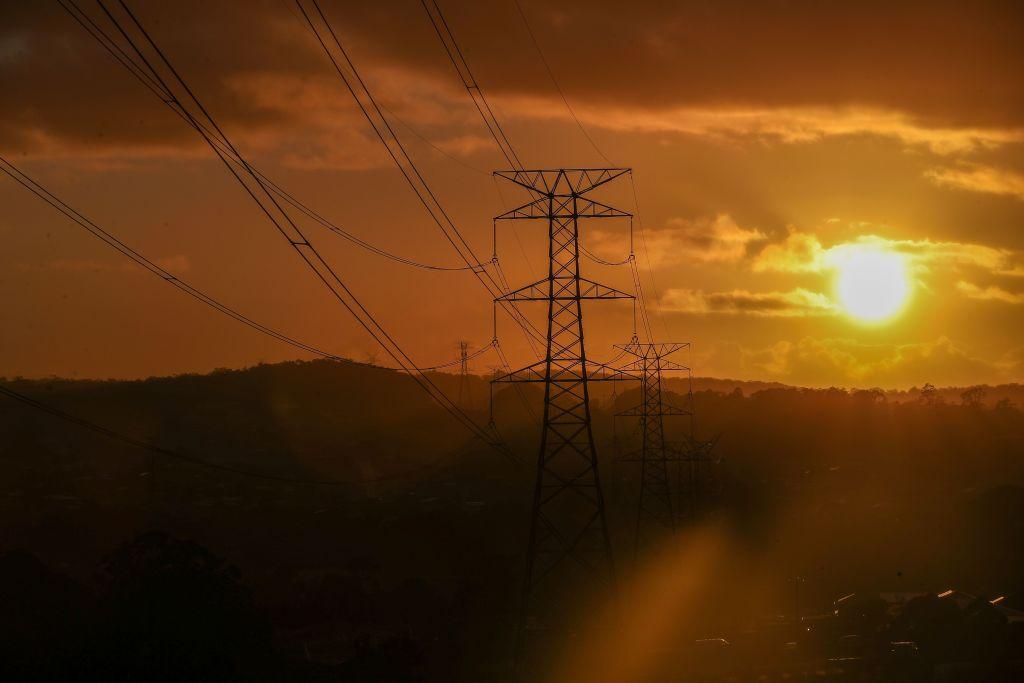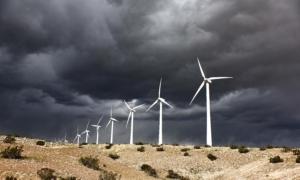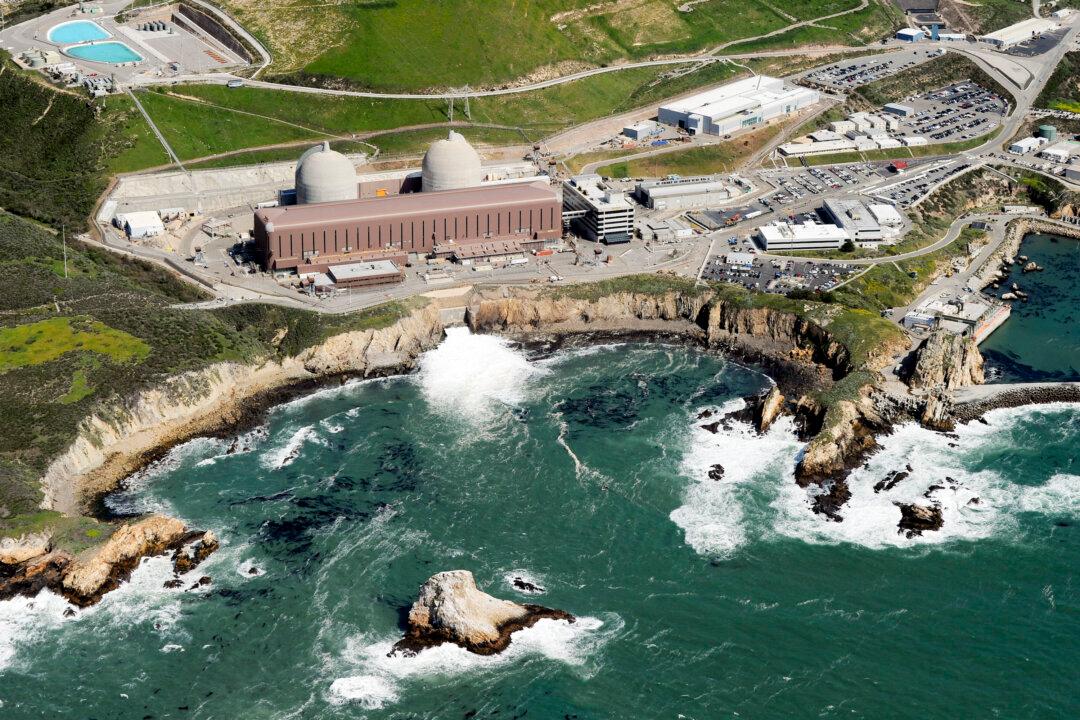Power has been cut off to more than 24,000 Australians in northern New South Wales (NSW) after a transmission line tripped, sparking the call for load shedding to maintain stability in the grid.
The unplanned power outage impacted residents in Ballina, Lismore, and surrounding areas at about 6:30 p.m. on July 8, with power restored a few hours later.
Nationals MP Kevin Hogan described the blackout as “exceptionally dangerous.”
An Essential Energy spokesperson confirmed the load shedding was directed by the Australian Energy Market Operator (AEMO) and TransGrid to protect transmission system security.
“Load shedding is the controlled reduction of electricity supply to parts of the power network that supply power to homes and businesses, to protect system security and prevent damage to infrastructure,” the spokesperson told The Epoch Times.
“Power needed to be turned off due to a network constraint on a TransGrid transmission line between Coffs Harbour and Lismore. TransGrid’s teams are working to complete repairs.”
Mr. Hogan, who represents the electorate of Page in NSW, said he expects authorities to provide a full explanation to the Northern Rivers as to why the power has been cut.
At 6:17 p.m., NSW’s transmission operator Transgrid was instructed to shed a total of 40 megawatts of electricity supply near Lismore in response to issues threatening power system security.
Earlier that day, Transgrid’s 330 kilovolt Lismore to Coffs Harbour transmission line tripped and remained out of service, limiting supply paths to the Lismore area.
“At the same time, the nearby QLD-NSW high voltage direct current (HVDC) interconnector, Directlink, tripped as per design and subsequently returned to service,” the spokesperson told The Epoch Times.
“During the evening, Directlink was unable to follow dispatch targets, further limiting the available options to supply power to the Lismore area to meet the evening demand, putting the secure operation of the power system at risk.”
An AEMO spokesperson told The Epoch Times that contingency studies indicated that the system was not in a secure state, requiring actions to stabilise the power system.
A decision was made to reduce the load in the Lismore area after all other options were exhausted, the spokesperson said. Load shedding started at about 6:34 p.m. on July 8.
“At the same time Transgrid’s 132 kilovolt Armidale to Koolkhan transmission line tripped and reclosed, and Directlink tripped and remained out of service, delaying the ability to restore the load that had been shed,” a spokesperson said.
“From 19:45 the demand reduced sufficiently to allow the majority of power supply to be restored by 20:00, with full restoration by 22:00.”
The Lismore to Coffs Harbour transmission line remains out of service and is expected to return on July 12.
Wind and Solar Has More than Tripled in NSW
It comes as the NSW government is aiming to achieve net zero by 2050 and cut climate change emissions by 70 percent of 2005 levels by 2035.This includes large scale and rooftop solar, hydro power stations, wind power stations, and biomass power stations.
The government said wind and solar use within the state’s electricity generation mix has “more than tripled” over the past five years.
This includes 800,000 households and small businesses with small-scale solar, 16 major wind farms, with a total capacity of over 1,800 MW.
Further, there are nearly 200 large scale renewable energy projects in the NSW planning system, worth nearly $50 billion (US$33.7 billion) and making up close to 35,400 MW’s.
At the federal level, the Australian Labor Party aims to achieve net zero with 100 percent renewable energy supported by gas.
The Coalition is proposing to build seven nuclear reactors in Australia to be located at coal power stations that have closed or are scheduled to close.







